Hyssop Plants In Containers – Can You Grow Hyssop In Pots

Hyssop, native to southern Europe, was used as early as the seventh century as a purifying herbal tea and to cure a slew of ailments from head lice to shortness of breath. The lovely purplish-blue, pink, or white blossoms are attractive in formal gardens, knot gardens, or along walkways trimmed to form a low hedge. How about growing hyssop plants in containers? Can you grow hyssop in pots? Read on to find out how to grow a hyssop plant in a pot.
Can You Grow Hyssop in Pots?
Absolutely, growing hyssop in containers is possible. Hyssop is, like many other herbs, very tolerant of a variety of environments. The herb can grow up to 2 feet (60 cm.) if left to its own devices, but it can easily be curtailed by pruning it. Hyssop’s blooms attract beneficial insects and butterflies to the garden as well.
About Growing Hyssop Plants in Containers
The name hyssop is derived from the Greek word ‘hyssopos’ and the Hebrew word ‘esob,’ meaning “holy herb.” Hyssop is a bushy, compact, upright perennial herb. Woody at its base, hyssop blooms with, most commonly, blue-violet, two-lipped blossoms on spikes in successive whorls. Hyssop can be grown in full sun to partial shade, is tolerant of drought, and prefers alkaline soil but is also tolerant of pH ranges from 5.0-7.5. Hyssop is hardy in USDA zones 3-10. In zone 6 and up, hyssop may be grown as a semi-evergreen shrub. Because hyssop is so tolerant of a variety of conditions, container grown hyssop is an easy plant to grow and is even fairly forgiving if you forget to water it now and then.
How to Grow a Hyssop Plant in a Pot
Hyssop can be started from seed indoors and transplanted or planted from nursery starts. Start seedlings indoors 8-10 weeks before the last average frost for your area. Seeds do take some time to germinate, about 14-21 days, so be patient. Transplant in the spring after the last frost. Set plants 12-24 inches (31-61 cm.) apart. Prior to planting, work some organic matter, like compost or aged animal manure, into basic potting soil. Also, sprinkle a little organic fertilizer into the hole before setting the plant and filling the hole in. Be sure that the container has adequate drainage holes. Situate the container grown hyssop in an area of full sun. Thereafter, water the plant as needed, and occasionally prune the herb and remove any dead flower heads. Use the herb fresh in herbal baths or cleansing facials. Mint-like in flavor, hyssop can also be added to green salads, soups, fruit salads, and teas. It is susceptible to very few pests and diseases and makes an excellent companion plant.
Gardening tips, videos, info and more delivered right to your inbox!
Sign up for the Gardening Know How newsletter today and receive a free copy of our e-book "How to Grow Delicious Tomatoes".

Amy Grant has been gardening for 30 years and writing for 15. A professional chef and caterer, Amy's area of expertise is culinary gardening.
-
 Looking For Plants To Give You The Soft And Fuzzies? Try These 5 Fuzzy Leaf Plant Options
Looking For Plants To Give You The Soft And Fuzzies? Try These 5 Fuzzy Leaf Plant OptionsLovers of texture, drama, silver foliage and tactile plants will adore these special sensory garden additions. These fuzzy leaf plant options will leave you all aglow
By Susan Albert
-
 Get Ready For A Summer Of Hummers! Grow These Full Sun Hummingbird Plants and Flowers
Get Ready For A Summer Of Hummers! Grow These Full Sun Hummingbird Plants and FlowersIf you’re lucky enough to enjoy a sunny backyard, make sure you are maxing out on your pollinator opportunities and grow these full sun hummingbird plants and flowers
By Tonya Barnett
-
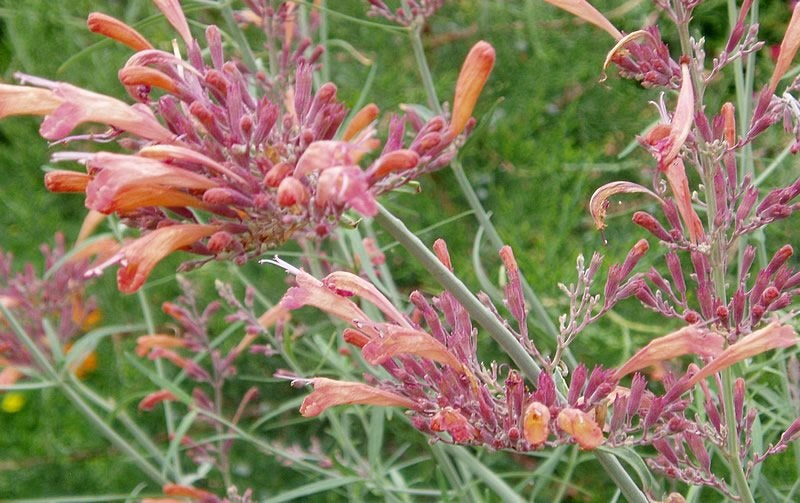 Sunset Hyssop Information: How To Grow Sunset Hyssop Plants
Sunset Hyssop Information: How To Grow Sunset Hyssop PlantsAs the name implies, sunset hyssop plants produce trumpet-shaped blooms that share the colors of the sunset. Growing sunset hyssop isn't difficult, as the plant is drought-tolerant and requires little maintenance. This article will help get your started.
By Mary H. Dyer
-
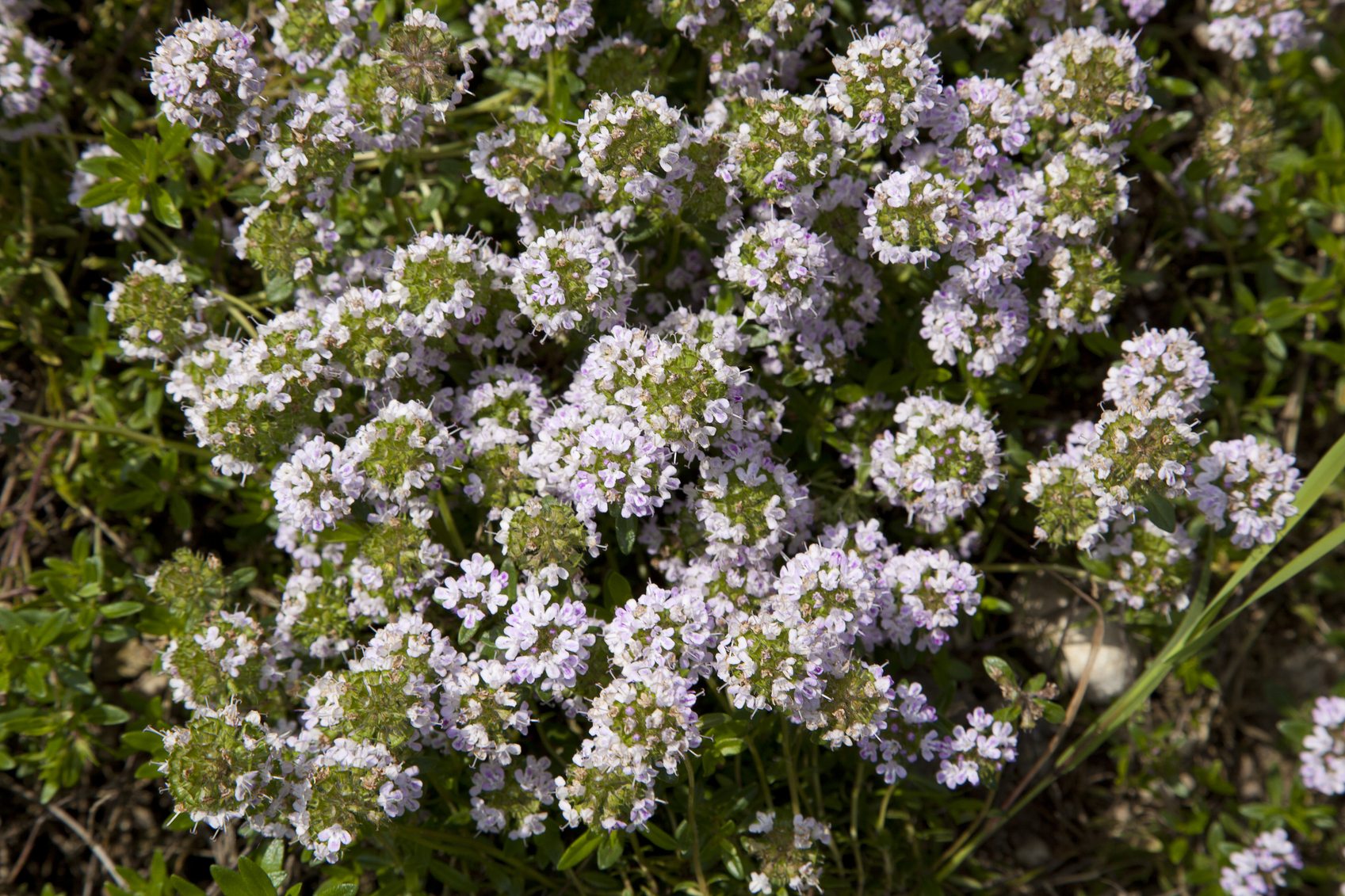 Agastache Plant Types – Varieties Of Hyssop For The Garden
Agastache Plant Types – Varieties Of Hyssop For The GardenAgastache varieties may cross pollinate and produce specimens that do not mimic the parent plant. This can either be a fun occurrence or a nuisance if your preferred species is taken over by a cross. Learn more about the types of Agastache in this article.
By Bonnie L. Grant
-
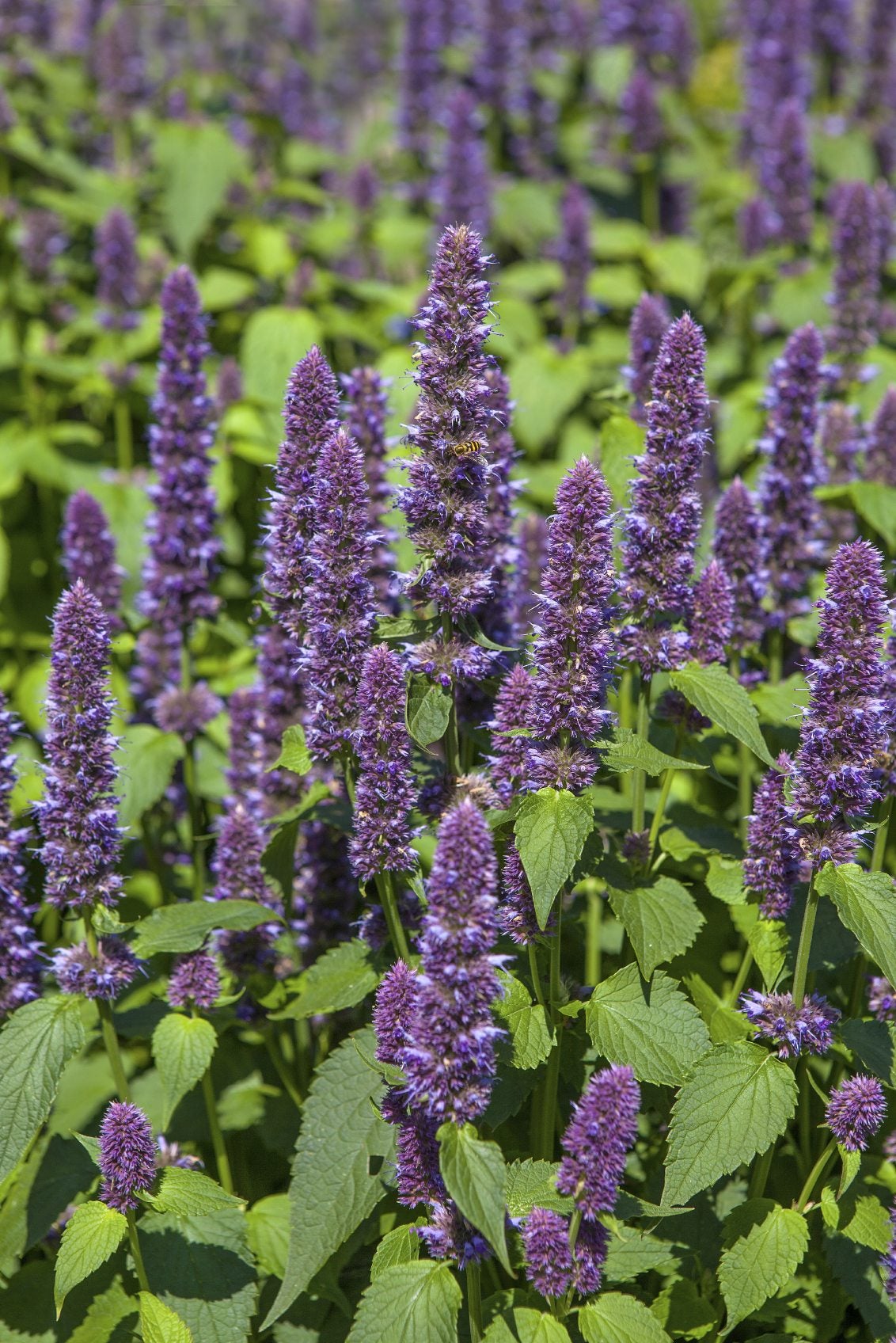 Cutting Back Anise Hyssop: How And When To Prune Agastache
Cutting Back Anise Hyssop: How And When To Prune AgastacheAgastache, or anise hyssop, is an aromatic, culinary, cosmetic, and medicinal herb. Light trimming will keep the plant looking its best. In this article, we will discuss when and how to prune Agastache for the best results and a healthy plant.
By Bonnie L. Grant
-
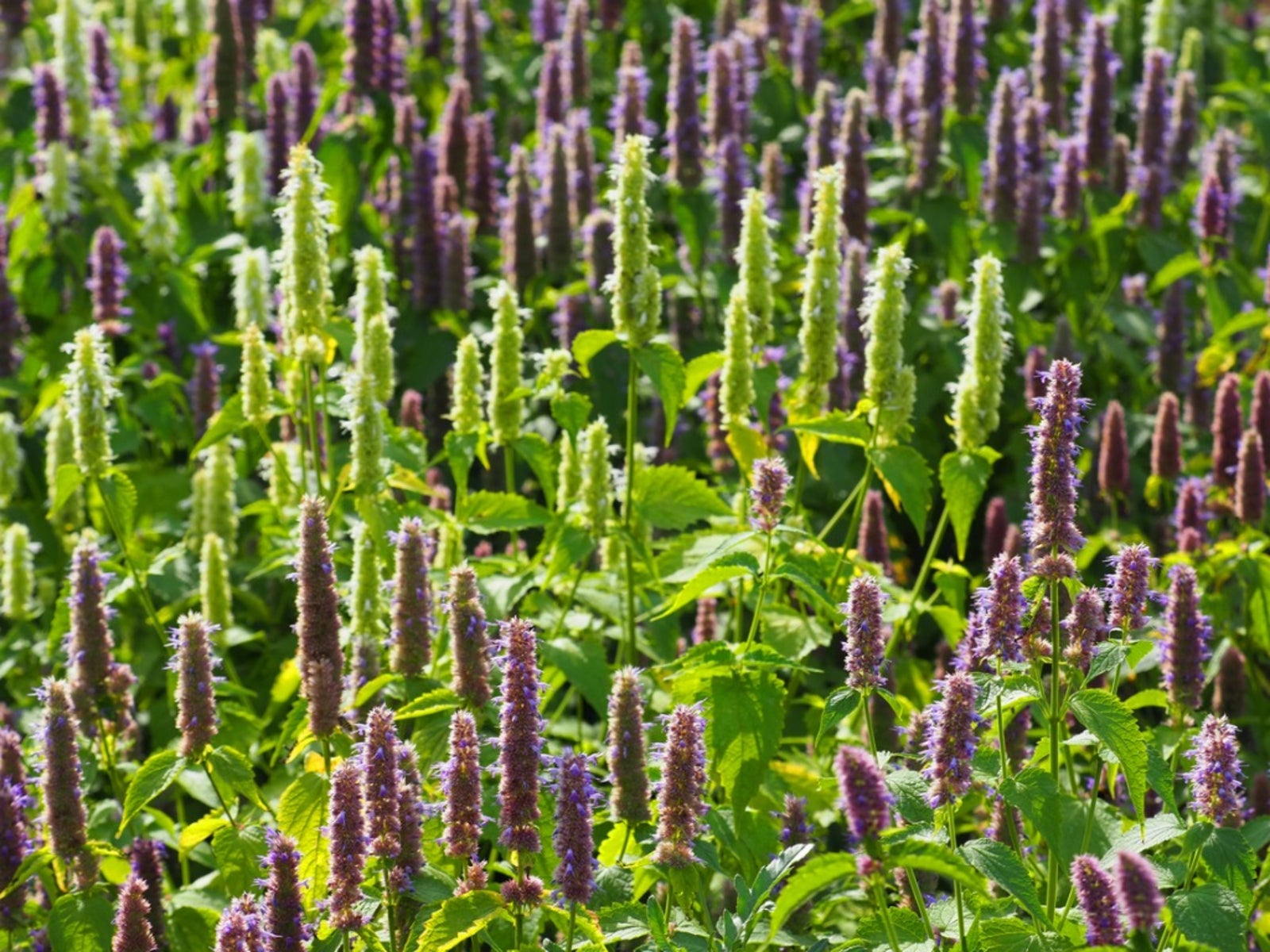 Agastache Flower - How To Grow Agastache
Agastache Flower - How To Grow AgastacheAgastache is a perennial plant with lovely flower spires that bloom all season long. Learning how to grow Agastache requires no special skills or care. The information in this article can help get you started.
By Bonnie L. Grant
-
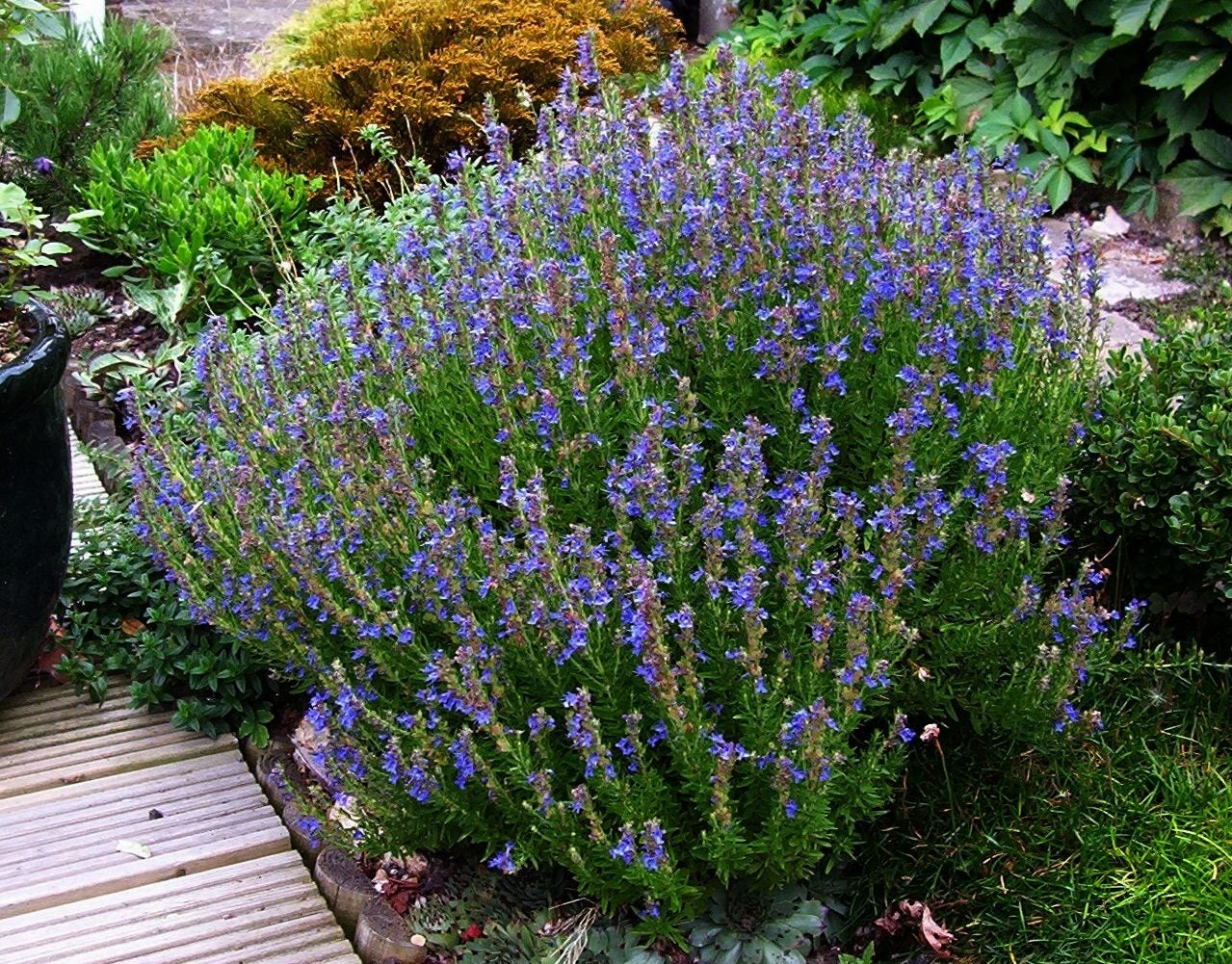 Tips For Growing Hyssop Plant In Your Garden
Tips For Growing Hyssop Plant In Your GardenHyssop is an attractive flowering herb commonly grown for its flavorful leaves. Growing a hyssop plant is easy and makes a lovely addition to the garden. Find out how to grow hyssop plants in this article.
By Nikki Tilley